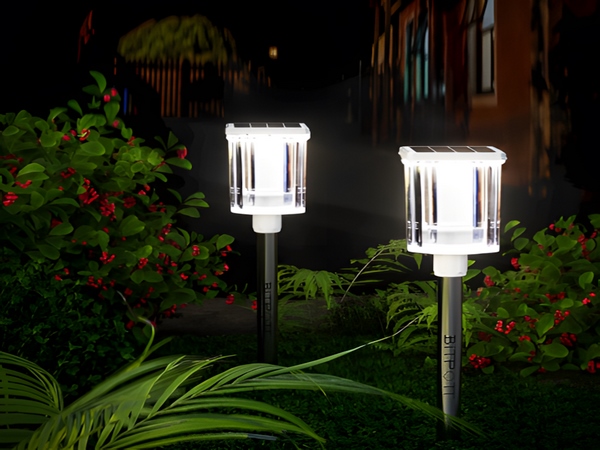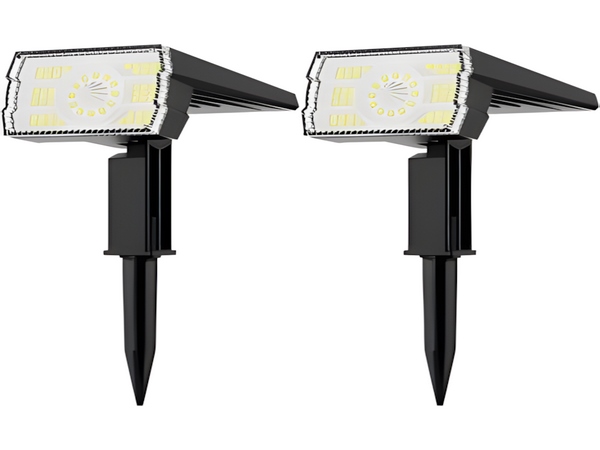
With the continuous development of the photovoltaic industry, the popularity of solar streetlights is increasing. Today, solar streetlight products can be seen everywhere in road lighting. The light source of solar streetlights meets the energy-saving and environmental protection requirements of our country, and they have advantages such as easy installation, simple maintenance, long lifespan, energy-saving, and environmental friendliness, which have led to their rapid acceptance. According to the physical structure of solar streetlights, they can be divided into integrated lights, split lights, and separate lights. So, should you choose integrated lights, split lights, or separate lights when opting for solar streetlights? Below, we will introduce each type.
I. Split Solar Streetlights
When introducing these three types of lights, I deliberately placed split lights first. Why is that? Because split solar streetlights are the earliest products. The subsequent two-body and integrated lights are optimized and improved based on split lights. Therefore, we will introduce them in chronological order.
Advantage: Large System
The biggest feature of split solar streetlights is that components can be flexibly paired to form any system. Each component’s scalability is also very strong, allowing for infinite changes based on user needs. Therefore, flexibility is their main advantage. However, this pairing can be less user-friendly, as the components from manufacturers are independent parts, resulting in a larger workload for assembly and wiring. Especially when many installers are not professionals, the likelihood of errors significantly increases.
Nonetheless, the dominant position of split lights in larger systems cannot be shaken by two-body or integrated lights. Higher power or longer working times mean greater electricity consumption, necessitating large-capacity batteries and powerful solar panels. The two-body lights have limitations due to the battery compartments, limiting battery capacity, while integrated lights are greatly restricted by solar panel power.
Therefore, split solar lights are suitable for systems requiring high power or long working hours.
II. Solar Two-Body Streetlights

In response to the high cost and installation difficulties associated with split lights, we optimized and proposed the two-body light solution. The two-body light integrates the battery, controller, and light source within the luminaire, while the solar panel remains separate. Of course, the two-body light scheme is based on lithium batteries, leveraging their small volume and lightweight advantages.
Advantage:
1) Easy Installation: Since the light source and battery are pre-connected with the controller before leaving the factory, the LED light only needs one wire for the solar panel. This wire needs to be connected by the customer on-site. Three groups of six wires become one group of two wires, reducing the error rate by 67%. Customers only need to differentiate between positive and negative. Our solar panel junction boxes are color-coded red and black to indicate positive and negative, preventing errors. Additionally, we provide an error-proof plug scheme, eliminating the possibility of incorrect connections.
2) Cost-Effective: Compared to the split light solution, the two-body light reduces material costs by eliminating one battery casing. Furthermore, customers do not need to install the battery during setup, reducing labor costs.
3) Multiple Power Options, Wide Applicability: With the popularity of two-body lights, manufacturers are introducing various molds, increasing the options. Various sizes are available, enabling a wide range of wattages for the light source and battery compartment. The actual power of light sources ranges from 4W to 80W in the market, with the most common being between 20W and 60W systems. This adaptability allows for solutions suitable for home gardens, rural roads, and major township roads.
III. Solar Integrated Lights
Integrated lights combine the battery, controller, light source, and solar panel into one unit. This level of integration is more comprehensive than that of two-body lights, providing convenience for transportation and installation, but it also has limitations, especially in areas with relatively weak sunlight.
Advantage:

1) Easy Installation, No Wiring Needed: Integrated lights come pre-wired, eliminating the need for customer wiring, which is a significant convenience.
2) Convenient for Transport, Saves Shipping Costs: With all components consolidated into one package, transport volume is reduced, saving on shipping costs.
In conclusion, when considering solar streetlights, whether to choose integrated lights, two-body lights, or split lights, it is clear that solar streetlights require minimal human, material, and financial resources, simplifying installation and eliminating concerns over wiring or power outages.



